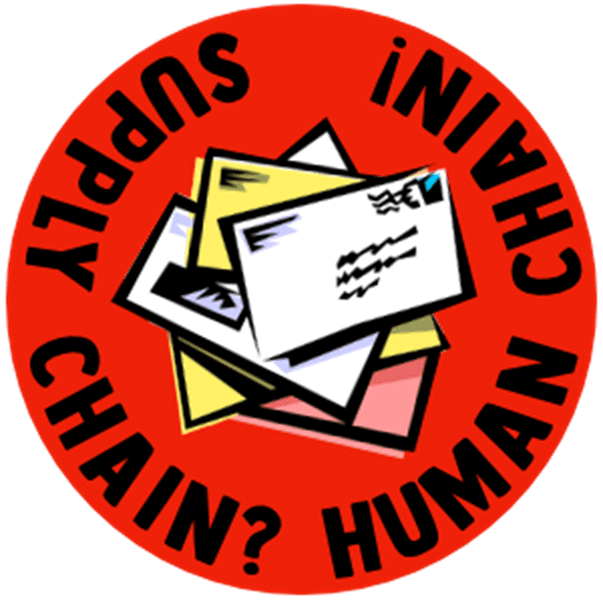

Choose an everyday product (a particular food, a t-shirt, a phone, or a bottle of water, for example). Learn about who makes it, how it is made, and where it comes from.
Write a letter to the manufacturer or your MP demanding just supply chains.
Research and consider more sustainable alternatives where possible.
Our global economy is intricately connected, and what we consume in this part of the world requires materials, labor, and lots of hidden work located in other parts of the world. Our profit-driven economy often exploits the most vulnerable people in our human family by making them work for low wages in dangerous conditions, and sometimes for no wages at all. According to the International Labor Organization, 25 million people are victims of modern slavery in the labor sector today; most of them are women, and a quarter of them are children. Yet these and other exploited workers make the products we buy at malls and supermarkets and through online retailers, keeping prices lower because of low labor costs. That means we benefit from these inequalities! To dismantle this structural injustice, we need to make the invisible things visible.
Watch one or more of the videos below, introducing supply chain and production issues related to various products. Have your students choose a brand or manufacturer associated with one of these product stories, and brainstorm or assign an action you can do to raise awareness and contribute to structural change! For example, your students might write to the brand or manufacturer inquiring about their production process, and do their own research to compare with any potential response they might receive. Your students might also write to their local Member of Parliament, asking if they are aware of these issues, and for a commitment from the MP to advocate for more corporate responsibility throughout supply chains of companies headquartered or operating in Canada, so that consumers can be confident that they are not contributing to injustice by purchasing these products.
Lastly, see if there are alternative consumer choices in the meantime: Can students commit to holding on to that electronic device a little longer and not buying the latest model? Can students wear last year’s fashion, or ask their parents if they’re willing to only buy fair trade coffee? Can students go on a thrift store, visit and host a thrift store fashion show in their class or club? Get creative!
After you complete the World Flipper badge, use post-it notes or tacks and yarn to visualize the path of a product you research. For example, if you researched a t-shirt, you might put a pin in Texas, where cotton is picked, with yarn leading to another pin in China, where the cotton is milled. That pin might connect to Bangladesh, where the cotton is sewn, and then on to Toronto, where a shirt is sold in a store. You might include other post-it notes with details you discover about the product journey, like how much people in each stage are paid, how much the shirt costs, and how much profit goes to the owner of the shirt company.
About us
Our work
Get involved
Ways to give
Resources
Get in touch
555 René-Lévesque Blvd. West, 8th Floor
Montreal (Quebec) Canada H2Z 1B1
Phone: 514-257-8711
Toll-free: 1-888-234-8533
Fax: 514-257-8497
Email: info@devp.org
Charity number: 1 1882 9902 RR 0001


Our international cooperation program is carried out in part with the financial support of the Government of Canada acting through Global Affairs Canada.
Development and Peace — Caritas Canada is the official international solidarity organization of the Catholic Church in Canada and the Canadian member of Caritas Internationalis.
Copyrights © 2024
Don’t miss anything about the work of our international partners or our awareness and mobilization campaigns.
Sign up now for our newsletter.